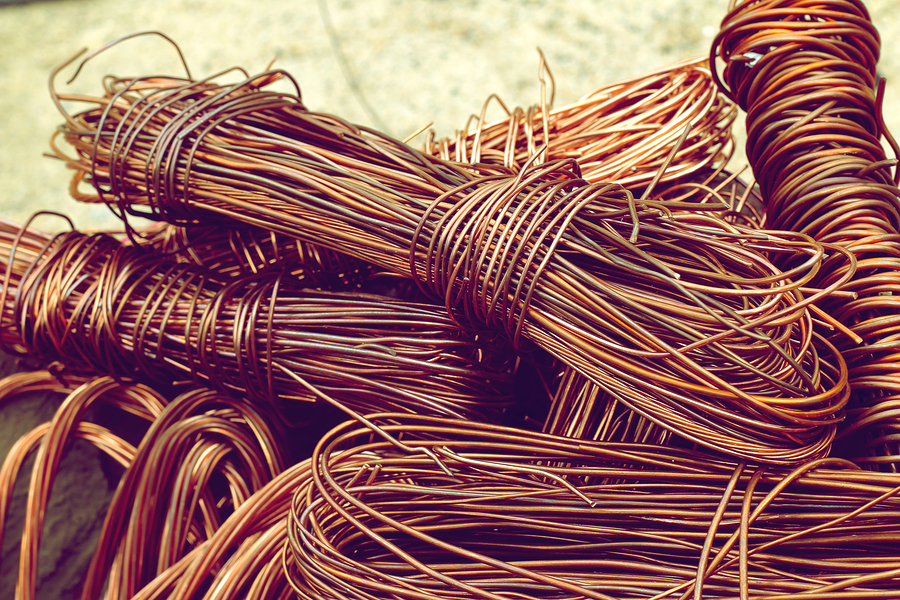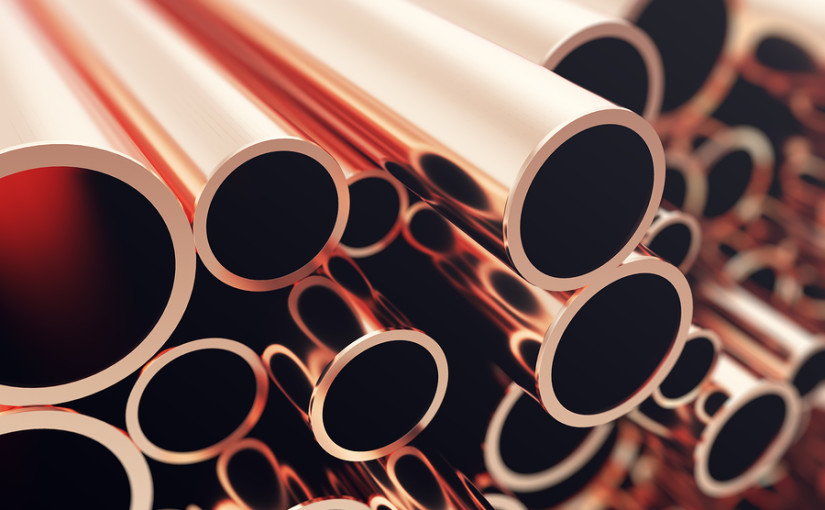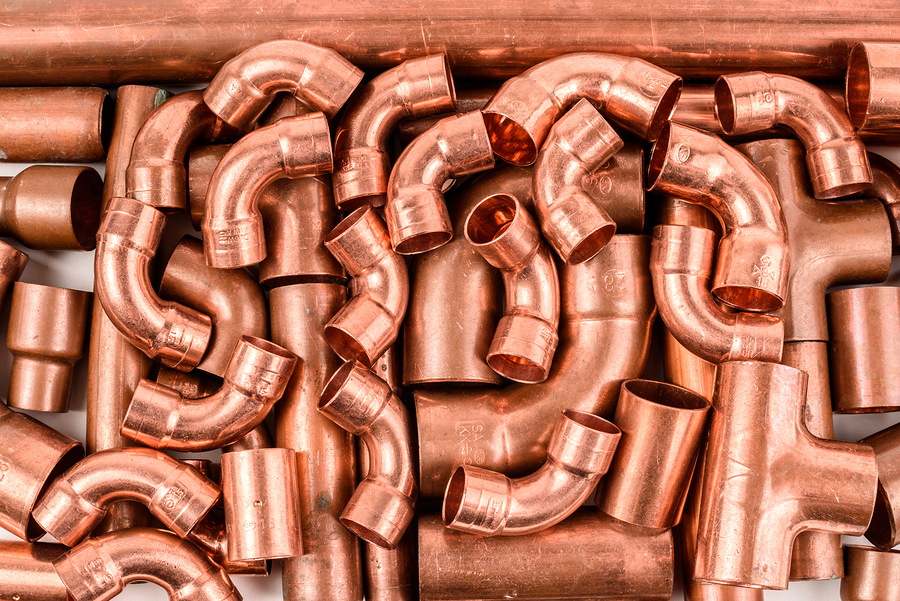Recycling metal is an important way to protect the remaining stocks of ore, notably chalcopyrite, which accounts for about half of the world’s total production of copper; metal is in principle a non-renewable resource, but by recycling it using modern techniques, there is no reason why we should ever run out.
Copper recycling in particular is highly beneficial for the environment, as copper and its alloys can be completely recycled with no loss of material; perhaps surprisingly, recycled copper can actually be more useful than pure copper from its ore, as impurities help to strengthen copper alloys.
Copper alloys date back to the Bronze Age, when mixtures of mainly copper, with some tin and other metals, were the hardest metal in use; the word ‘bronze’ may derive from the Old Persian word ‘piring’, which was the name for copper.
Recycling pure copper
There are some uses where pure copper is needed – especially in electronics, where the purest copper conducts electricity the best – and for these, pure recycled copper must be produced to a high standard.
Getting the purest recycled copper relies on a combination of factors, including starting with the purest, uncontaminated used copper, and using electrolysis to refine it where necessary.
Often new copper is used for these applications to guarantee purity – and while this is not as good for the environment as using recycled copper, it’s still important to recycle elsewhere and keep the stocks of new, pure copper for the niche applications where they are needed most.
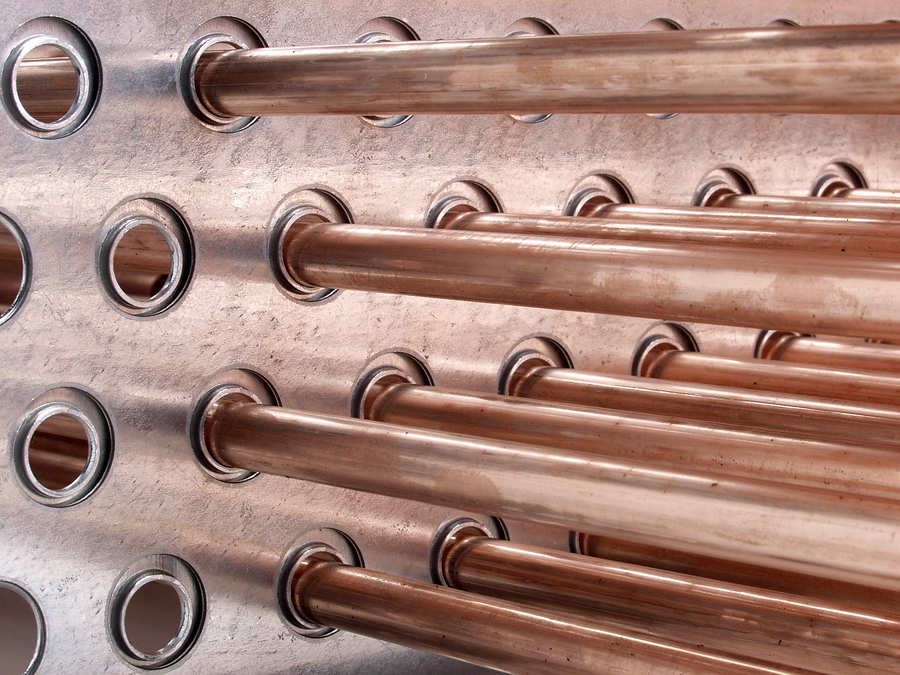
Recycling copper alloys
As mentioned above, copper alloys can be recycled quite easily, and often there’s no need to remove the contaminants from them.
One prime example of this is gunmetal, a particular type of bronze. It resists corrosion, even in the presence of saltwater and steam, and is relatively easy to work with in manufacture.
Brass scrap is much cheaper as a raw material than the same quantities of the individual metals found within it, and is made easier to machine thanks to the presence of contaminants like lead, making brass recycling in particular an economical and eco-friendly industry.
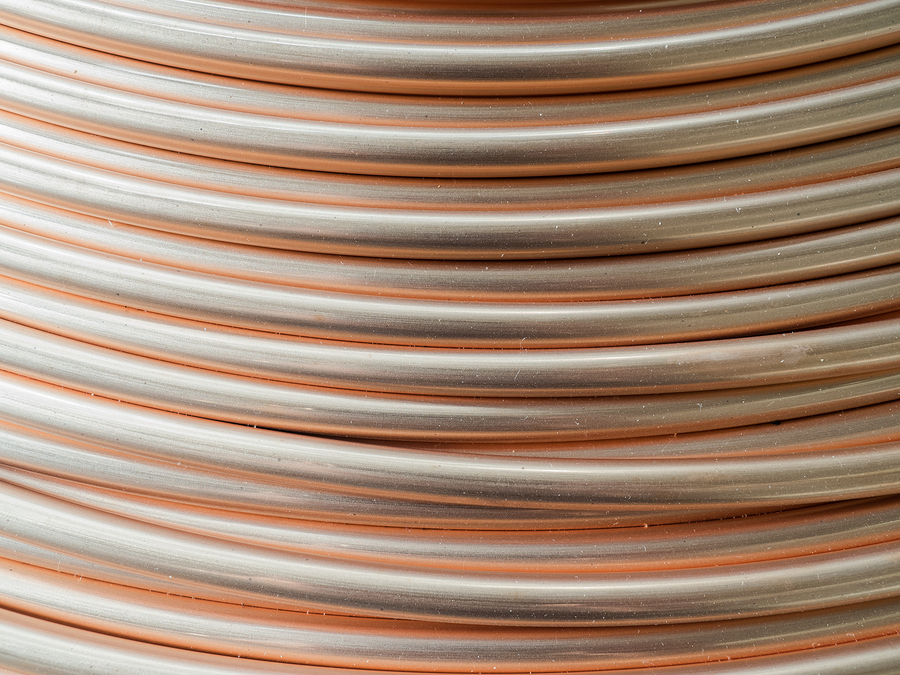
Costs and savings of copper recycling
The economics of copper recycling are complicated, as you have to factor in everything from the costs of the raw materials to associated expenses like landfill taxes when disposing of non-recycled metal waste.
Recycled copper typically sells for less than new pure copper – a saving of about 10% on average, which is beneficial to buyers but still makes recycled copper a valuable commodity for sellers.
The energy savings can be even more compelling, with figures of 85-90% of energy saved when recycling copper, compared with extracting the same quantity of the metal from its ore.
As a result, copper is one of the most energy efficient recycled metals, rivalling aluminium for the top spot and substantially outweighing lead, zinc and steel in terms of energy savings in production.
Of course these are not one-off benefits, but stack up over and over as the copper is used, reused and recycled again – making copper recycling a continuing benefit to the environment and the economy alike.
